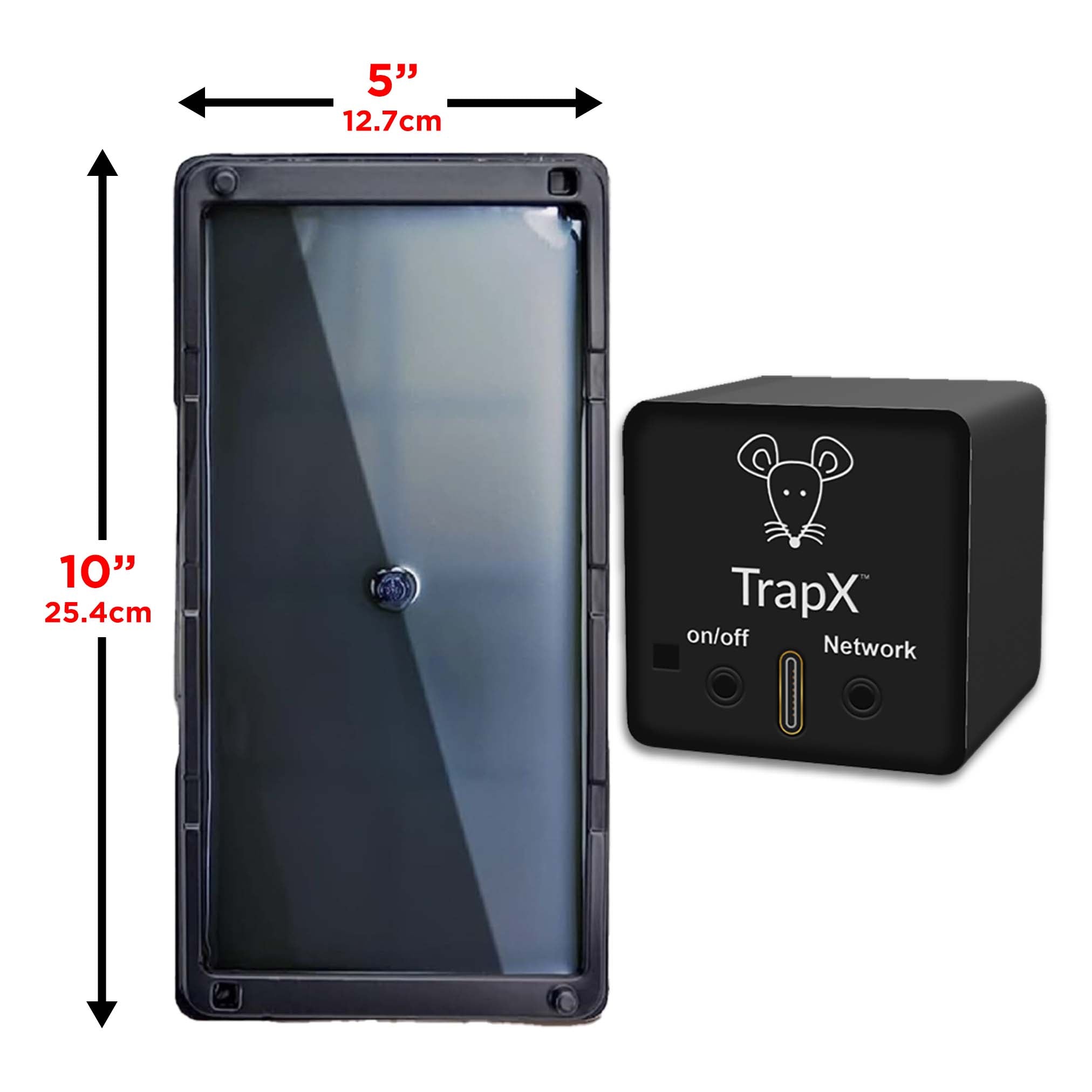The Ultimate Guide to Indoor Insect Traps: How to Keep Your Home Bug-Free
Share
Indoor insect traps are a great way to maintain a clean and peaceful atmosphere in your home. Bugs can become a significant annoyance and may even pose health risks. This guide will provide you with information on different types of traps and effective strategies to keep your living spaces free from these pests.
Before you immerse yourself in this guide, it's essential to understand what indoor insect traps are and why they are necessary. Traps can include sticky traps, electric traps, and more. They can significantly reduce bug populations and provide instant results in your fight against unwanted pests.

Understanding Indoor Insect Traps
What are Indoor Insect Traps?
Indoor insect traps are devices designed to catch and kill pests within homes. These traps are effective against various insects, including flies, mosquitoes, and roaches. Knowing which type suits your home best is imperative.
Types of Indoor Insect Traps
There are several types of traps available for residential use:
- Sticky Traps - Commonly used for flying insects, these traps use an adhesive surface to catch bugs.
- Electric Traps - These traps use light to attract insects and then deliver an electric shock.
- Glue Traps - Similar to sticky traps, these traps capture bugs on a glue-coated surface.
- Traps with Lures - Some traps use bait to attract pests before trapping them.

Choosing the Right Trap for Your Home
Factors to Consider When Selecting a Trap
When choosing a trap, consider the following:
- Type of Insects - Identify which bugs you need to trap.
- Area of the Home - Choose traps based on where you typically find the pests.
- Safety - Ensure the trap is safe for use, especially if children or pets are present.

Effective Placement of Traps
Where to Position the Traps
Consider these tips for effective trap placement:
- High Traffic Areas - Place traps in areas where you notice common insect activity.
- Near Food Sources - Bugs are often attracted to food, so setting traps near kitchens is advisable.
- Dark Corners - Insects tend to hide and breed in dark corners, making these areas ideal for trap placement.

Maintenance of Traps
How to Keep Your Traps Effective
Regular maintenance is essential to maximize the traps' effectiveness:
- Regular Checks - Inspect traps weekly for insects and replace as needed.
- Keep Surroundings Clean - Regular cleaning helps prevent insect attraction.
Natural Alternatives to Indoor Insect Traps
If you prefer more eco-friendly options, consider these:
- Essential Oils - Certain oils repel insects. Use peppermint or lavender to deter bugs.
- Homemade Traps - Create traps using vinegar or sugar water. Read more about [homemade mouse trap](https://trapx.io/blogs/news/homemade-mouse-trap-a-simple-and-effective-solution-for-pest-control) (homemade mouse trap)
Common Mistakes to Avoid
What to Watch Out For
Avoid making these common mistakes:
- Failing to identify the type of insect.
- Placing traps in ineffective locations.
Frequently Asked Questions
1. Are indoor insect traps safe for pets?
Many traps are safe, but always check the specifications before placing them in pet-heavy areas.
2. How do I know which trap works best?
Research the type of insects in your home and choose traps that target those specific pests.
3. Can I use multiple types of traps?
Yes, combining different traps can increase effectiveness against various insect species.
4. How often should I replace traps?
Replace traps when they become full or sticky. Regular changes are advisable for maximum effectiveness.
5. Are there DIY pest control methods?
Yes! Various homemade traps and barriers can be effective. Learn how to [remove rodent smell from car](https://trapx.io/blogs/news/how-to-get-rodent-smell-out-of-your-car-effective-tips-and-tricks) effectively (remove rodent smell from car).
6. Can I place traps outside my home?
Some traps are designed for outdoor use, while others are specifically for indoor spaces.
Conclusion
Keeping your home bug-free is easier than it sounds! With the right knowledge of indoor insect traps and proper maintenance, you can effectively manage pests in your living space. Implement the tips provided above, be vigilant, and you will enjoy a cleaner, more comfortable home. If you're dealing with a rodent problem, consider using an [eco-friendly mouse trap solution](https://trapx.io/blogs/news/eco-friendly-mouse-trap-a-humane-and-sustainable-solution-for-rodent-control) (eco-friendly mouse trap solution).
As an Amazon Associate, I earn from qualifying purchases.
